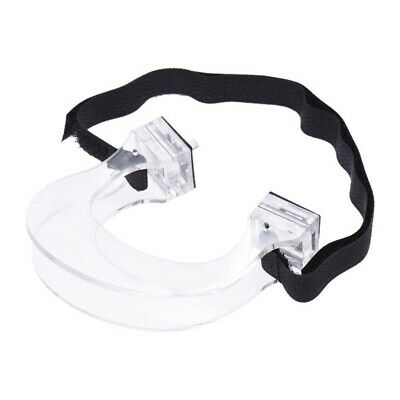-40%
Adolf Kurze Violin - antique full-size string instrument, vintage 1941
$ 1584
- Description
- Size Guide
Description
Antique Adolf Kurze violinThis violin was made by a violin maker by the name of Adolph Kurze, from Cranston, R.I., in 1941.
It was the 3rd violin that he made and it was presented to my grandfather (a concert violinist) as a gift in 1965. It's in very good condition. Kurze also gave my grandfather a written account of the violin, copied below. I will include the original to the buyer.
"This form is my own pattern, well-rounded in both top and bottom bouts and center C's.
The arching of the top and back is extremely flat on account of the thickness of the wood used.
The attached photographs indicate a top of spruce, fine-grained at the center and immediately becoming wide-grained to the edge.
The back is 2-piece dark maple and shows the curls slanting slightly upwards towards the edges: also a series of wide vertical flames slanting slightly outward from bottom to top.
The ribs are of fine-grained light maple.
The plate thicknesses vary from 9/64" under the bridge to 6-6-1/2/64" in the top and from
l0-l0-1/2/64" to 6/64" in the back.
The interior of this instrument has not been sealed.
The original varnish was completely removed in 1963 and re-sealed with a solution of raw linseed oil, lye and camphor, then further sealed by rubbing a slight amount of beeswax on and into the surface.
The exterior varnish is Joseph Michelman's (1946) aluminum rosinate sub-varnish (Preparations 2 and 3) 3-coats, and 5 coats of Michelman's red resin (Preparation 41) prepared by heating the resin and sun-thickened raw linseed oil together, thereby causing the resin and oil to combine.
This solution was heated to about 190 degrees F for 24 hours, in which time it reduced considerably in volume and reached the consistency of honey.
No turpentine or other thinner was used.
The varnish was applied by heating same and applying it with one finger.
A week under a Sunray
lamp was required for sufficient drying before a succeeding coat was applied.
When completely varnished the instrument was hung in the attic and dried sufficiently in the period from July 15th to October 4th, 1963 to permit rubbing smooth by hand and cloth.
The red color faded badly in its initial drying and it is hoped that this coloring will become stronger as it ages.
(This has happened in all previous colored varnishes prepared by me when made according to Michelman's formulas (1946).
The resin to oil ratio not now flow, but evens itself out.
(This rather lengthy description) is given here solely in order to provide a record for the future).
Powered by SixBit's eCommerce Solution














